Text: Cristian Lascu
Photo: Helmut Ignat, Calin Stan, Alexandru Bogdan Ghita, Vlad Hilitanu, Adrian Ciocalau
Text first published in ATLANTIC TOUR brochure 2011
Two geographical coordinates frame Romania’s nature: the Carpathians and the Danube. The mountains offer an exceptional variety of landscapes: the Fagaras Mts. with austere peaks, crowned with snow, where we can ski until May and where we can play climbing the Himalayas in winter; the surge in heights in the Eastern and Western Carpathians (Orientali and Apuseni), invites us to some friendly hiking; the Bihor and Mehedinti hide the mysteries of the karst and of the large caves; the Retezat, one of the most beautiful national parks in Europe, reveals amethyst-colored glacial lakes amid clearings with tall flowers and dark shrubs.
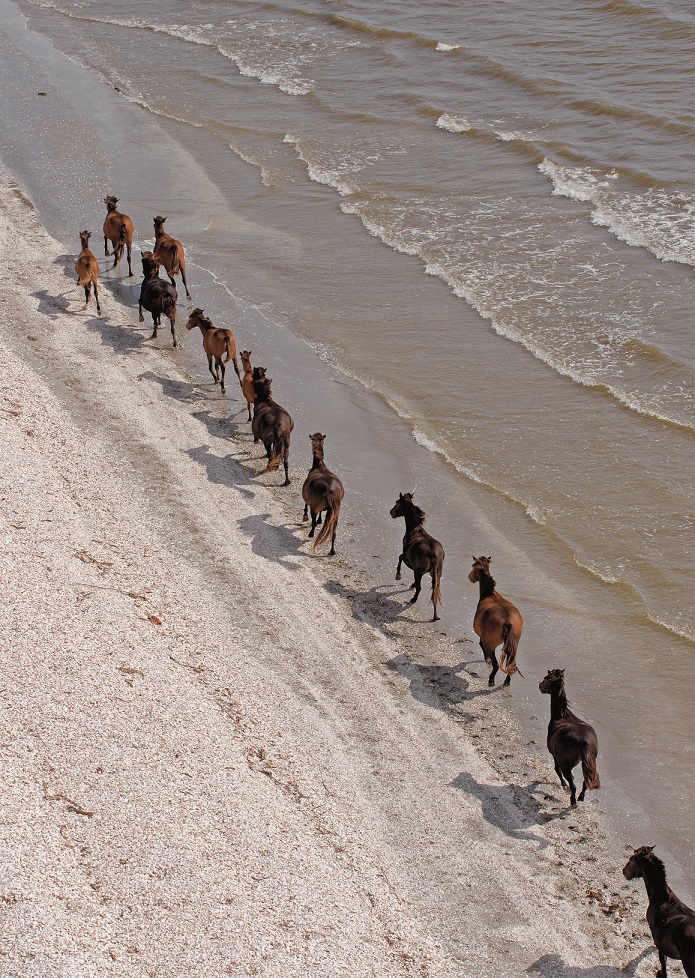
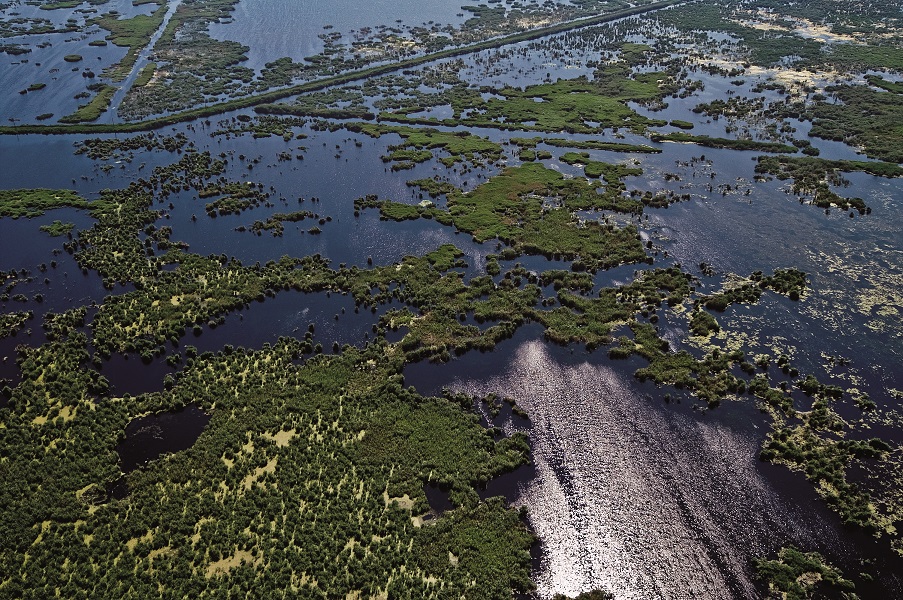
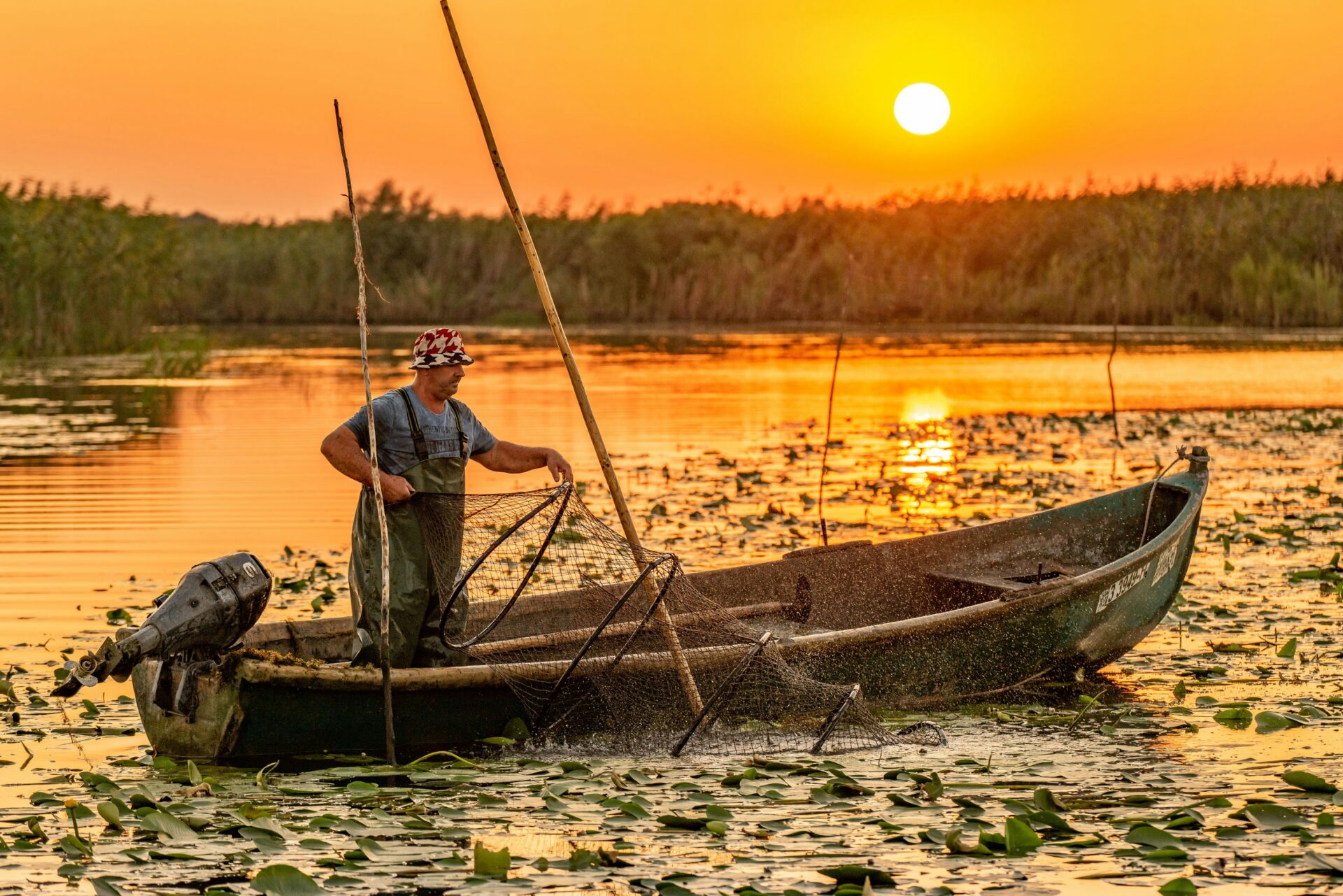
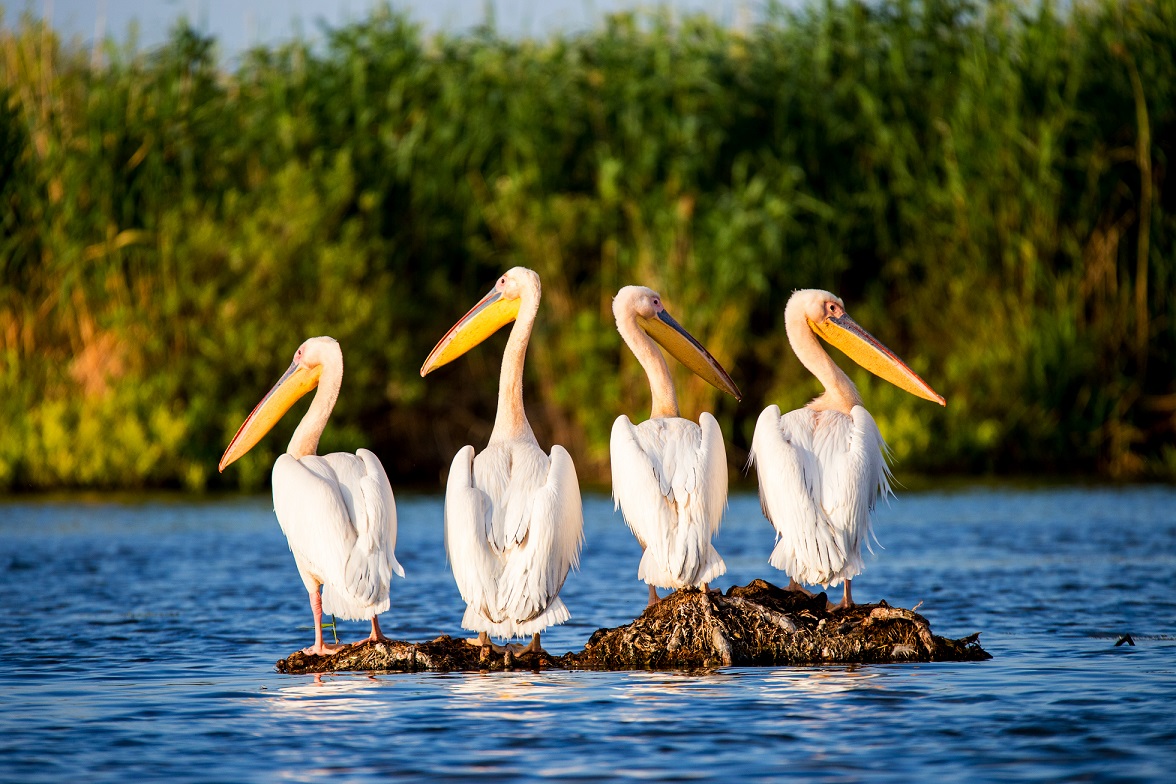
The basin of the Danube, Queen of Romania’s rivers, with a long train of lakes and wetlands, culminates with the paradise of the Delta, a burst of life, one of the last oases of the continent, where an entire colony of small and large creatures has found refuge, especially birds. A measure of the wilderness of Romania’s nature, be it the Delta, or in the forests and mountains, is the large number of rare species in our country.
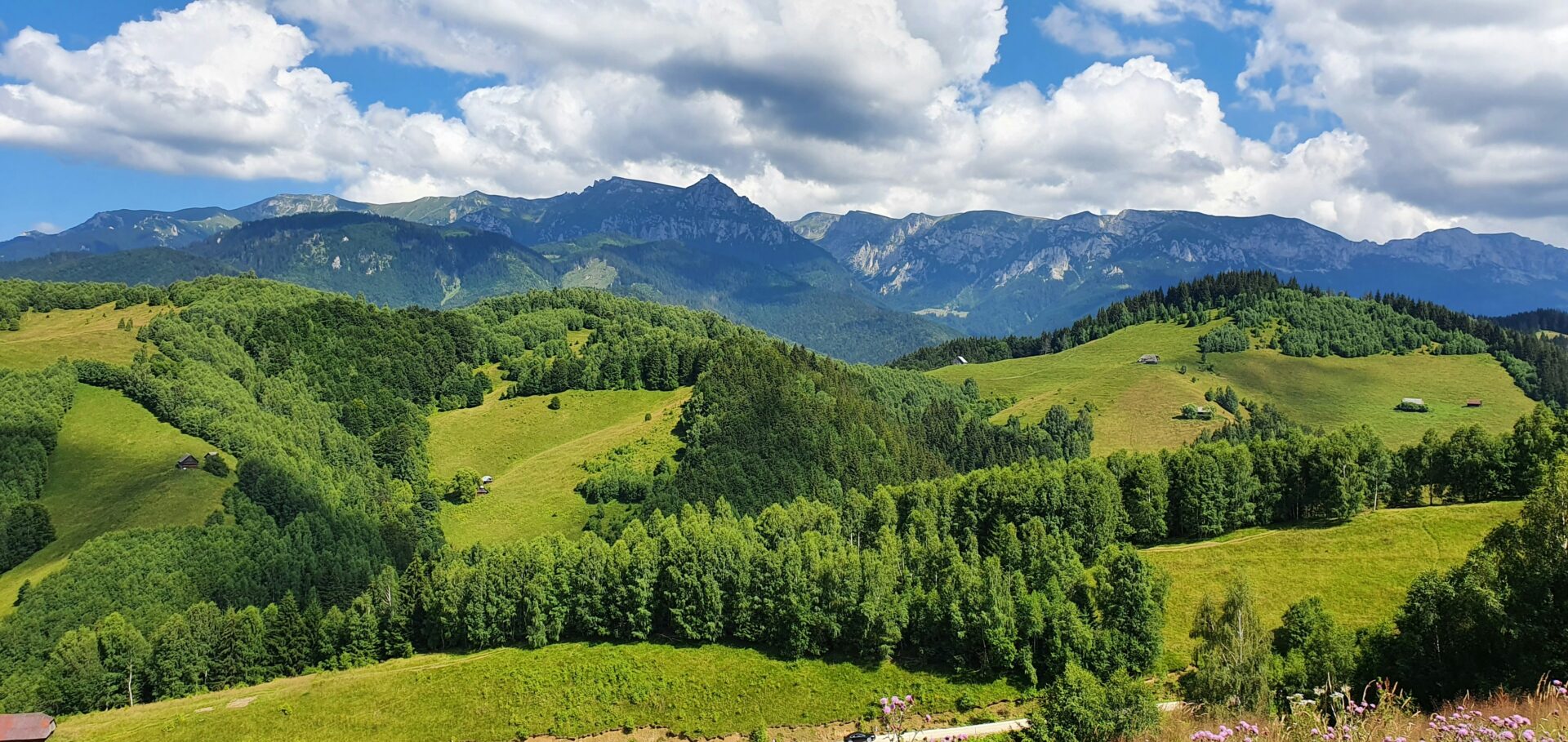


Romania is the Noah’s Ark of Europe. More than 6000 bears, 40% of the continent’s bear population, can often be seen. Deer are also at home in Romania’s forests where there are over 30,000 specimens. Prosperity of this species is due to the over 3000 wolves and 1,500 lynxes, top predators, which complete the natural selection circle. The first two largest colonies of bats hibernate in caves in the Romanian mountains. 1,000 pairs of large owls, birds that have become a rare sight elsewhere, keep the bats company during their nightly hunts. 20% of the world pelicans are also to be found in Romania, a country of pristine nature, with untrammeled wilderness that is not only a romantic notion, but also reality.
Come see this vivid paradise and remember to take your camera!
About the Author:
Cristian Lascu is a Romanian speleologist who discovered the famous cave of “Movile” in Dobrogea – the world’s first underground ecosystem that does not depend on solar energy.
In the US he received the title of the best caves photographer, has published nine books and albums and has had collaborations with the BBC, Jacques Yves Cousteau, Discovery, Channel 4.
At the time of publishing of this material Cristian Lascu was the editor in chief of the National Geographic Romania magazine.